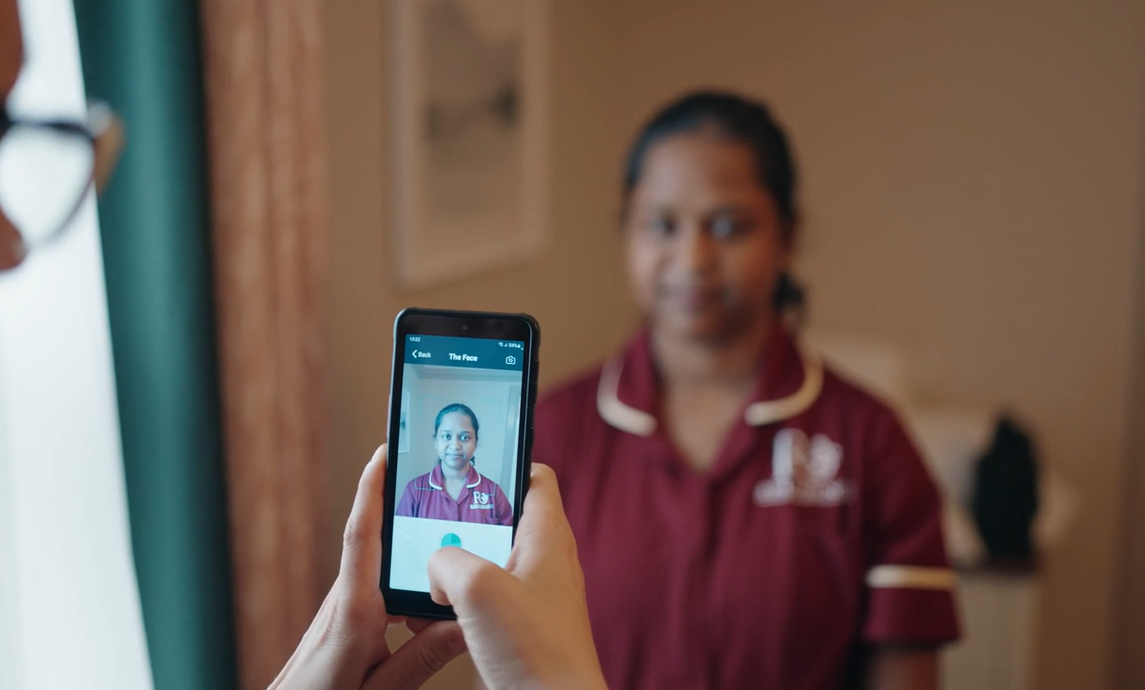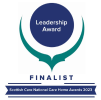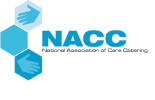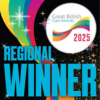PainChek's Impact: Malin Court's Success

At the heart of high-quality care is ensuring every individual feels understood, respected, and comfortable. For us, that means constantly striving to deliver truly person-centred care that is as individual and unique as the person receiving it.
That's why we've found a fantastic partner in PainChek. This advanced pain assessment technology, using sophisticated facial recognition for pain detection, is truly enhancing our ability to effectively manage our residents' pain. It empowers our staff with better insights, allowing for effective collaboration with local GPs and practitioners. This ensures tailored and effective pain relief, provides visible trend analysis, and enables us to conduct more assessments than were ever possible for us before – all of which elevates the excellent care our homes are known for.
PainChek has empowered our team to reflect more deeply on non-verbal cues signalling pain, particularly in residents with reduced capacity. It has shifted our practice from a reactive stance to a proactive, routine method of diagnosing pain.
Lynne Wilson, Deputy Manager
A home that’s seen exceptional outcomes as a result of PainChek is our Malin Court Care Home in Girvan.
Malin Courts PainChek Success :
Addressing Undetected Pain and Improving Quality of Life
Prior to implementing PainChek, our primary pain assessment method, the Abbey Pain Scale, was only utilised when residents overtly communicated pain or when PRN pain medication was administered. This reactive approach meant that subtle or non-verbal cues of pain in residents with reduced capacity were often missed.
The power of PainChek and its impact is especially prominent the case of JT, a resident who had been experiencing persistent low mood. Despite an increase in his depression medication, as prescribed by his doctor, his mood showed little improvement. Upon introducing PainChek, we began routinely asking JT about his pain level. To our surprise, JT, when directly prompted, verbalised that he was in pain – something he hadn't communicated without specific questioning.
Routine PainChek assessments revealed ongoing pain, initially categorised as mild to moderate. This led to the administration of morphine oral solution, and subsequently, an increase in his MST (Morphine Sulphate Tablets) dosage after discussion with his GP. It became clear that JT had grown accustomed to living with chronic pain at home, simply "getting on with it."
The positive outcomes for JT have been profound. Previously reluctant to participate in outings due to concerns about pain management, he now enjoys longer trips out, and his mood is significantly brighter. This demonstrates how PainChek enabled us to uncover and effectively treat previously undetected pain, vastly improving his quality of life and engagement.
Transforming Pain Assessment and Family Engagement
PainChek has empowered our team to reflect more deeply on non-verbal cues signalling pain, particularly in residents with reduced capacity. It has shifted our practice from a reactive stance to a proactive, routine method of diagnosing pain. This is a significant advancement for resident outcomes, as it helps prevent situations where pain might be missed or masked by other medications. This has become an integral aspect of care planning, enabling us to swiftly create interventions and assist in stopping unnecessary medications.
Beyond clinical benefits, PainChek has also proven to be an invaluable tool for engaging with families. Initially, there were considerations that PainChek might appear impersonal. However, the feedback from families who have witnessed assessments has been overwhelmingly positive. They view it as a positive step forward in care and appreciate how it facilitates clearer communication regarding their loved one's pain management. When discussing potential respite stays, mentioning the use of PainChek consistently impresses relatives, highlighting its perceived value and our commitment to advanced care.
Ease of Adoption and Enhanced Service Quality
The rollout of PainChek went exceptionally well. This cutting-edge app for care homes is highly effective in generating pain scores, offering solid data that enables us to tailor pain interventions according to individual pain levels. Its capacity to identify pain has resulted in substantial enhancements in our care environment, bolstering resident wellbeing and improving our overall care strategies.
The training video proved highly educational, and the in-person training was thorough, ensuring our team quickly became proficient with the tool. While initially, there were minor challenges with scans in areas with very large windows, our team's (now) extensive experience with PainChek assessments has made us confident in completing them effectively and overcoming any trouble-shooting issues.
Its most significant contribution is in elevating the quality of our service. By enabling us to meet residents' pain needs more effectively and proactively, PainChek has undeniably made us a better and more responsive care provider, truly enhancing the wellbeing of those we care for.
For more information on PainChek at Renaissance Care, please visit our dedicated landing page.





